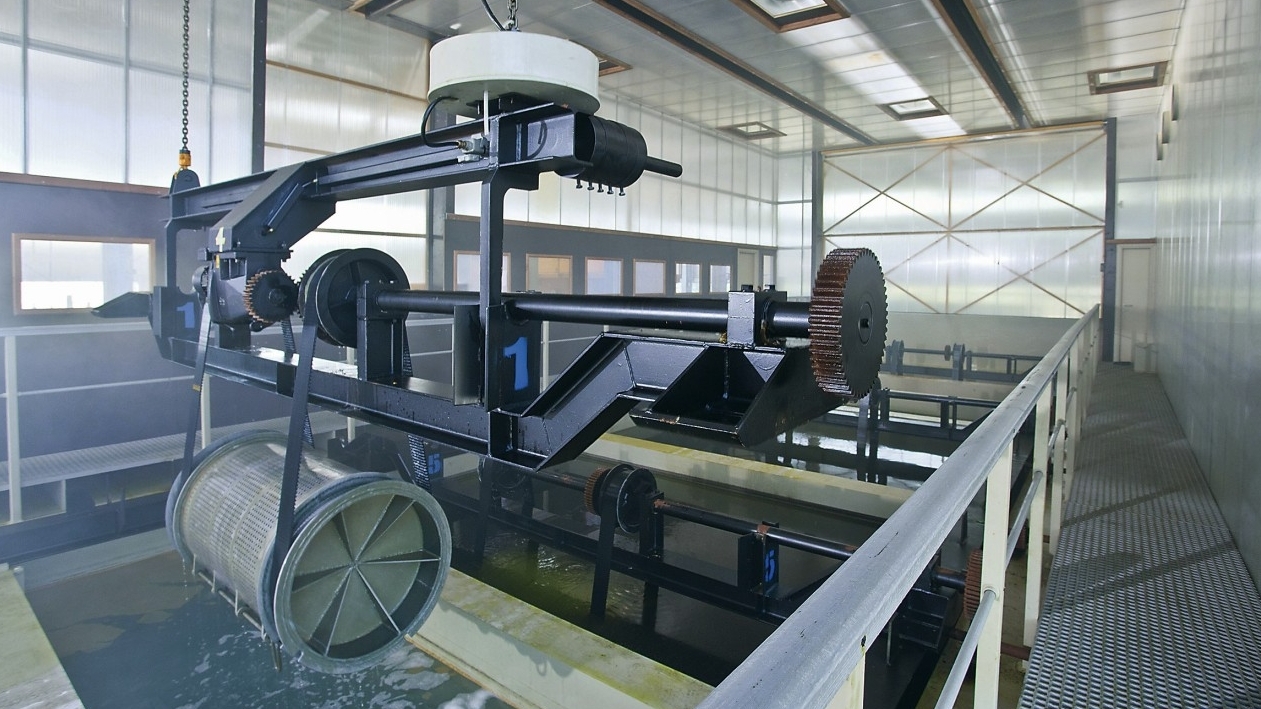Question: A long-standing customer enquired about zinc-cobalt coatings. It is initially a small project, which could develop into large orders if successful. We would like to start with our own batch for the preliminary tests, but unfortunately we don't have a formulation that we can start with. Can you help us with this?
Answer: Unfortunately, we do not have any practical experience with zinc-cobalt electrolytes. As you have not provided any further details, we assume that the target is an incorporation rate of up to 1 % cobalt. We have the following information on this.
Such layers are mainly deposited from weakly acidic electrolytes, but there are also formulations for alkaline electrolytes.
Weakly acidic electrolyte
- Zinc: 20-28 g/L
- Chloride: 130-180 g/L
- Boric acid: 20-25 g/L
- Cobalt: 2.5-4.5 g/L
- pH: 4.7-5.5
- Temperature: 20-27 °C
- Current density (drum): 0.5-1.5 A/dm2
- (rack): 1-4 A/dm2
Zinc and cobalt are each added as sulphate, the chloride as potassium chloride. However, there are also electrolytes based on cobalt chloride. NaCI or NH4CIcan also be used as the conducting salt instead of KCl. In this case, however, the specific electrical conductivity of the electrolyte deteriorates. Fine zinc anodes are used as anodes.
The use of NH4CIhas the disadvantage that the cobalt ions form a stable complex in the presence of NH3. However, if the solution contains cobalt chloride instead of CoSO4 and the electrolyte is mixed with air, other complex compounds can also form.
The electrolyte behaves in a similar way to weakly acidic zinc electrolytes, i.e. the same rules apply for bath agitation, filtration or suction. The efficiency is around 98 % and the dispersion is also similar. The electrolyte is relatively insensitive to nickel impurities. Copper, chromium and iron have a negative effect on the properties if their content exceeds 0.05 g/L.
The cobalt content is evenly distributed throughout the layer; therefore the corrosion protection properties are uniform even on geometrically complex parts.
Alkaline electrolyte
- Zinc: 10 g/L
- Cobalt: 0.7-3.0 g/L
- Sodium hydroxide: 100 g/L
- Complexing agent: 25 g/L
- Temperature: 18-35 °C
- Current density: 0.5-2.0 A/dm2
In terms of its composition and working conditions, this electrolyte corresponds approximately to the properties of alkaline cyanide-free zinc baths.
The deposited alloy layers have the same corrosion protection properties as those from the weakly acidic electrolyte. One advantage is the better metal distribution. A disadvantage, however, is that the cobalt ions are kept in solution by a complexing agent, which can cause problems during waste water treatment.





